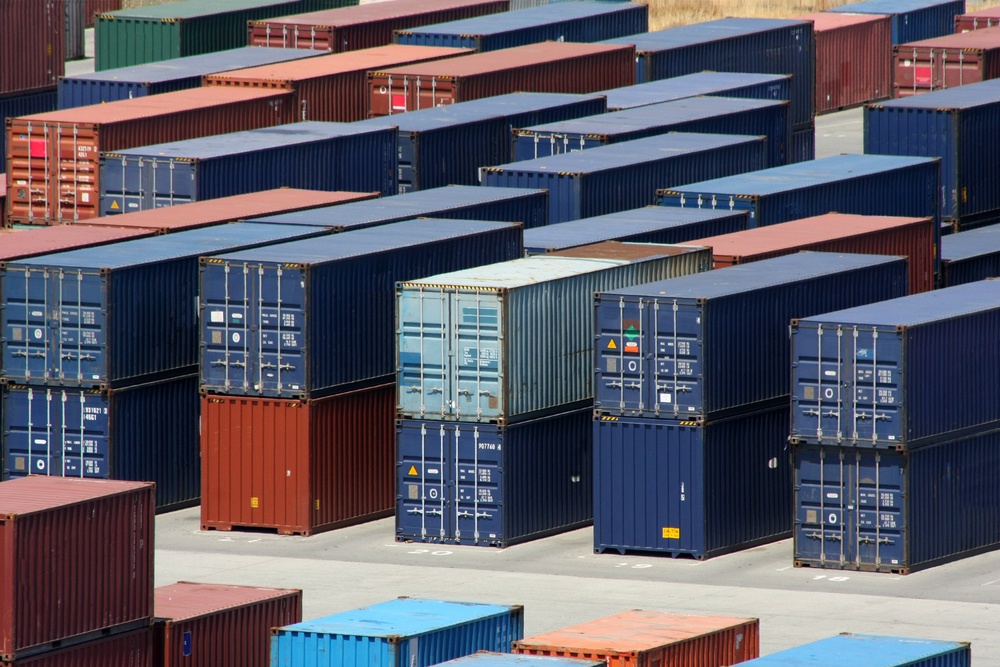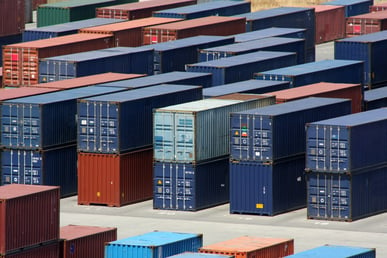The ocean freight market sits in an unpredictable state, and it’s impossible to say how long current rate levels will last as carriers continue their efforts to increase margins. With record high blanked sailings on major lanes and the promise of more General Rate Increases (GRIs), outcomes from this tender season may determine whether shippers and forwarders accept passive resilience or actively pursue growth and market dominance in 2024.
When tenders are built around accurate, real-time data, both parties can be confident that the set rates and service levels will carry them through the entire contract period without major financial or deliverability risks.
In fact, Xeneta data shows that shippers who set tender targets using real-time, accurate data improve their tender performance versus the market by up to 15% points, while forwarders increase their tender win rate by 5% points and answer 5-10% more tenders.
Here are three common mistakes shippers and forwarders make before, during and after tender season as well as how to avoid them.
Risk 1: Using historical performance to inform your current tenders
Using your past tenders as a reference tool is just not good enough. Every year is different and should be viewed uniquely. Be alert to swings in your consumer demand, transportation needs and carrier behavior. There’s no one-size-fits-all solution, even within one supply chain. Your usual suppliers or routes may no longer be the best option, or you may have more leverage to negotiate better contract terms than you think. This year, there’s quite a large spread on rates from trade to trade, so what’s fair for one may be outrageous on another.
The main takeaway: No two trades are the same, and shippers & forwarders need to take a fresh look at each trade to make strategic decisions before signing long-term contracts. The only way to do this is with access to fresh, reliable data for your specific trades.
Risk 2: Benchmarking your tenders on unreliable data
Relying on outdated or inaccurate data can lead to misinformed negotiations and leave yourself exposed to serious risk. This can lead to one or both parties being dissatisfied, causing damage to reputations that can have long-lasting impacts.
Budgets can also take a huge hit, as shippers may underestimate transportation costs that cause financial strain and potential supply chain disruptions.
With reliable data, shippers can be strategic and flexible to ensure they leave nothing to chance. Identify your non-essential cargoes and save those for the spot market versus long-term deals with a duration of a quarter, half or full year. This visibility will keep your negotiations fact-based, while likely tipping the scales in your favor.
Risk 3: Not running a post-tender performance analysis
One of the best ways to evaluate your market position is to run a post-tender performance analysis—comparing your negotiated rates with market benchmarks to gauge their competitiveness. This is crucial not just for internal reporting and alignment, but to inform the following future decisions.
For shippers, analyzing their performance against shippers with a similar volume not only shows where they stand in the market, but also informs future negotiations. Peer comparison is at the top of everyone’s mind, and how you perform in your tenders is a key component of that.
This analysis is also a great reference when assessing your carrier performance. How do they have you placed in the market? Were you able to secure the rates and service levels you deserve, or were there missed opportunities?
For those who settled on 3–6-month contracts, post-tender analysis is essential for future long-term planning, and should be part of your quarterly reviews. This data should drive a shipper’s decisions on when and how to renegotiate rates.
Avoiding these risks
At Xeneta, we understand the crucial role that real-time, reliable and comprehensive freight rate data plays in tender season and beyond. Our market analytics platform provides shippers and forwarders the world’s largest database of global ocean & air freight rates, ensuring they have the most up-to-date and precise information at their fingertips. Here's how Xeneta can support your tendering processes:
-
Real-Time Insights: Xeneta offers real-time rate data, allowing you to set fair but competitive target rates and gain leverage in negotiations.
-
Reduce Tender Rounds: Start out with a target rather than fishing to see what suppliers are offering. Quickly remove outliers and focus on those who fall within the range you’ve already deemed fair.
-
Market Position: Benchmark your tender rates to assess your position against the wider market or segmented by your specific trades, cargo type, etc.
-
Performance Analysis: Evaluate how your suppliers placed you and make informed decisions for the future.
In the world of shipping and logistics, accurate and real-time data is the key to success during tender season and beyond. It helps all parties strategically navigate negotiations, mitigate risks and make data-driven decisions that set them up for success. Don't leave your success in 2024 to chance—leverage the power of real-time data with Xeneta.






